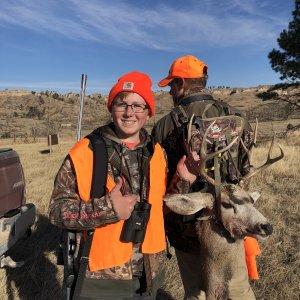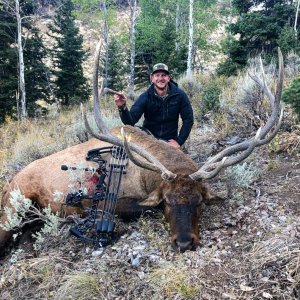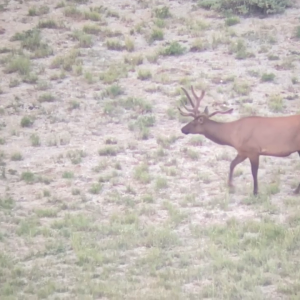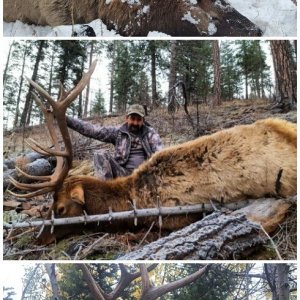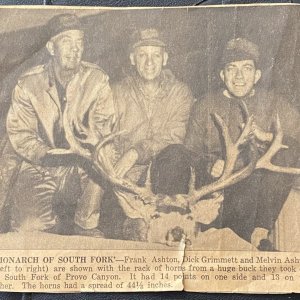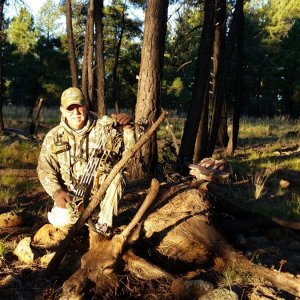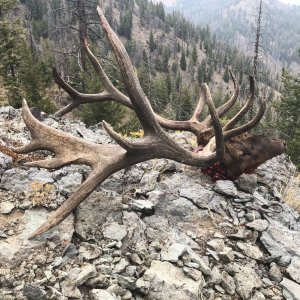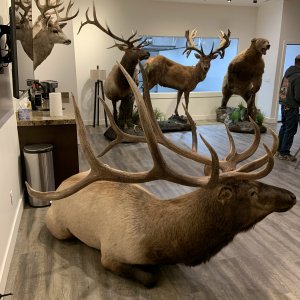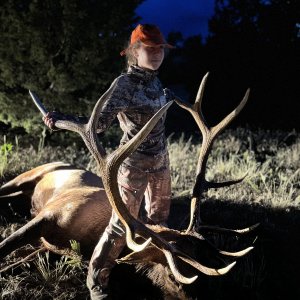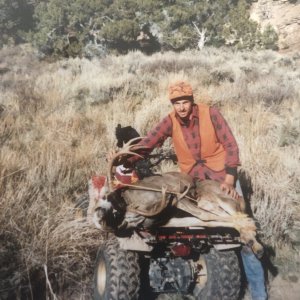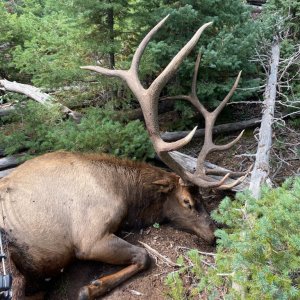greatwestern
Danny Devito is on an excellent feeding program, which explains why he's short and FAT. You can give Danny all the feed you want and he'll never grow a vertical inch. Thats because his genetics don't code for it. How do you explain these 7ft africans who are severly malnurished? Your genetic DNA doesn't magicly change because your malnurished.The color of someones eyes aint going to change because they are malnurished.
Is age and good feed essential to growing trophy racks? Absolutely! Never said it wasn't! However, without good genetics, all the feed and age in the world will not produce you a trophy rack. Trust me, I'm all about letting these bucks gets some age on them. It's all part of the equation.
I saw 2 bucks while hunting this year that were 24-27 inch 2 points with heavy tall racks. These bucks were fat, healthy, mature bucks that had taken advantage of a good feed year. Unfortunately, these bucks genetics will never allow them to grow into anything more than a big heavy two point. In contrast, there is a reason that places like the AZ Strip and Henry Mountains consistently crank out BIG deer. Genetics, Genetics, Genetics!!!!!!!!!!








































